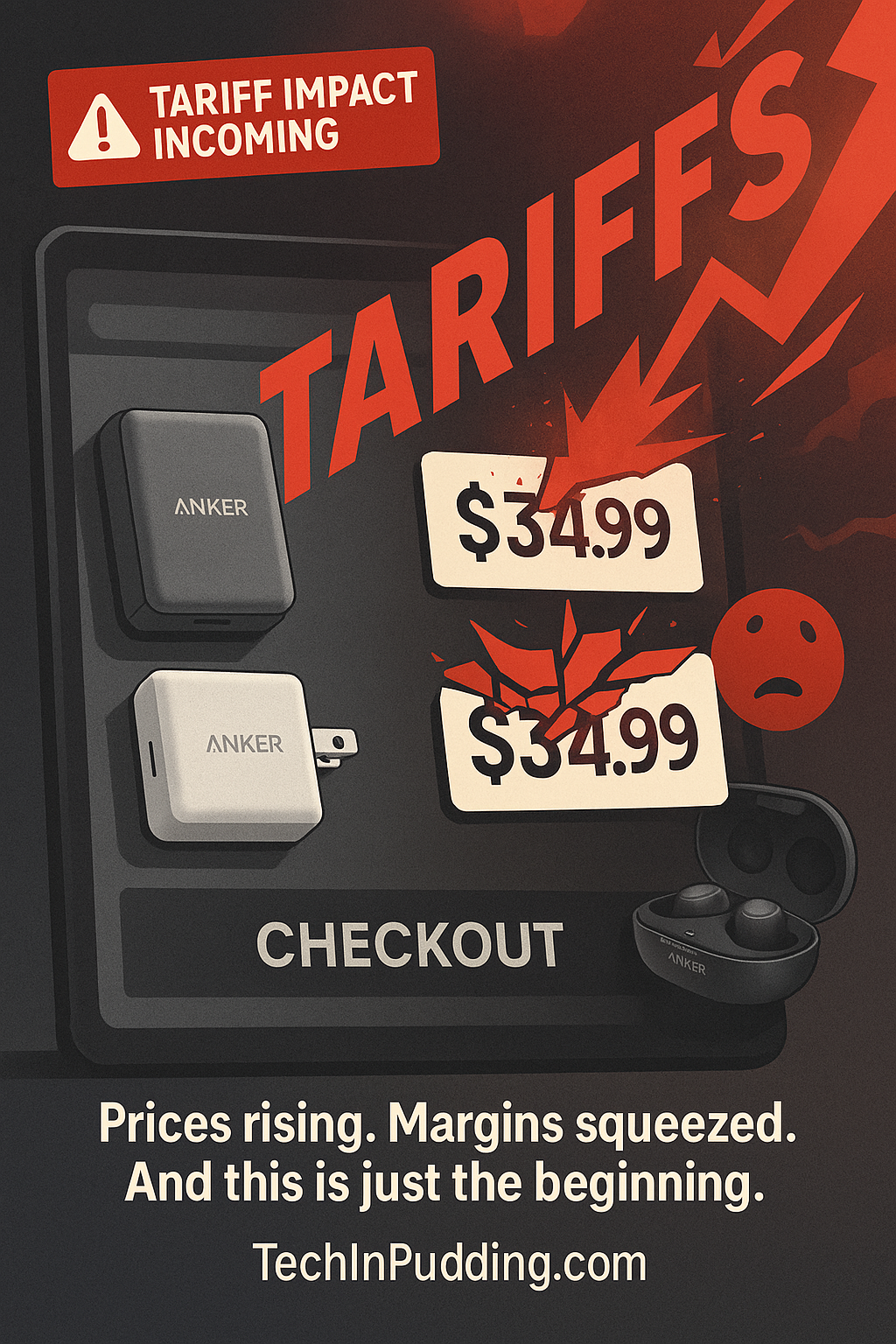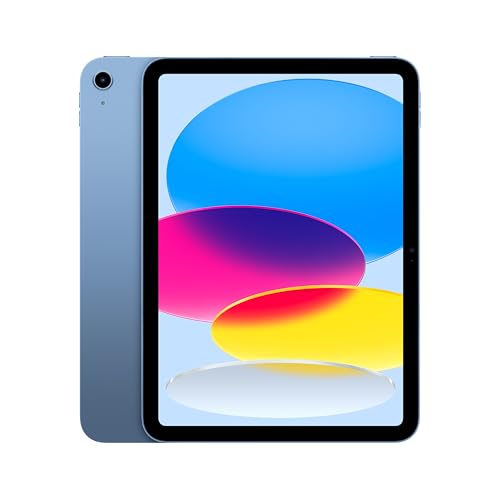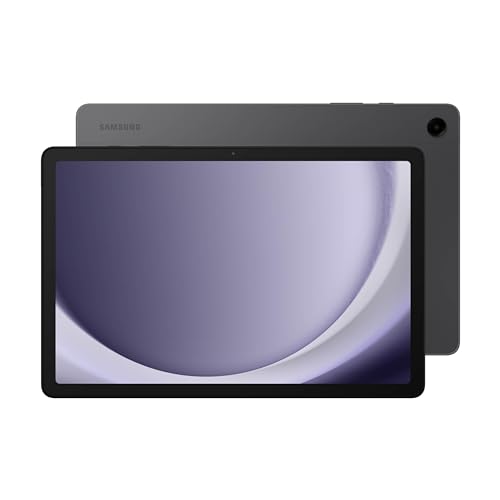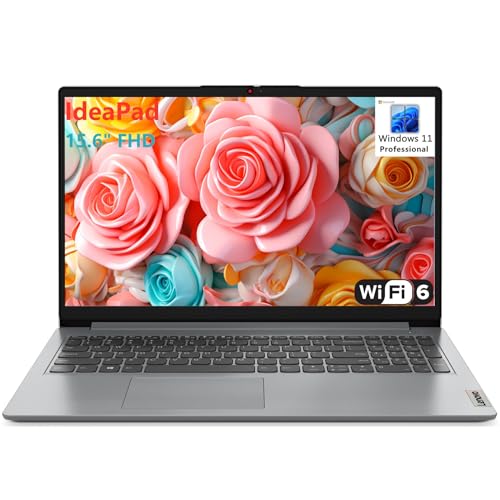Tariff Shock: What’s Driving the Price Spike?
If you’ve noticed your tech cart creeping higher lately, it’s not your imagination — it’s the new tariff wave crashing over the U.S. import scene. With the U.S. slapping a massive 145% tariff on Chinese imports, the ripple effect is already hitting wallets hard. From smart gadgets to everyday power banks, the cost of staying connected just got more expensive. China fired back with its own 125% tariff on U.S. goods, and while the statement from China’s Finance Ministry downplayed future hikes, the market tension is undeniable.
Want a deeper look into how these tariffs are structured? You can check the official tariff breakdown here.
The Anker Effect: When Power Costs More
Leading the price jump? Anker. Known for its sleek and reliable charging tech, the brand has raised prices on nearly a fifth of its lineup — up by about 18%. A power bank that used to be $88 is now sitting at $110. A charging hub once priced at $250 is creeping toward $270. This isn’t a blip — it’s the new normal. These price changes are already live on Amazon, signaling how quickly brands are reacting. For trendsetters who live on fast charging and functional design, that’s a hit to both convenience and vibe.
Amazon in the Crossfire: Sellers React
Behind the scenes, Amazon sellers are scrambling. Many Chinese manufacturers, who account for a massive share of Amazon’s electronics ecosystem, are either raising prices by 20–50% or quietly pulling back from the U.S. altogether. A Bluetooth speaker that cost $30 to make now costs almost $50 just to import. Margins are shrinking, advertising is being cut, and consumers are left footing the bill. This chaos is reshaping what you’ll find on Amazon — and how much you’ll pay for it.
The Shift Away from the U.S. Market
As the U.S. doubles down on tariffs, many sellers are pivoting fast. China-based brands are redirecting inventory to Europe, Mexico, and Canada, where tariffs aren’t squeezing them dry. It’s a quiet migration — and one that could leave U.S. shoppers with fewer choices, longer delays, and higher costs. Some brands are even weighing manufacturing shifts to Vietnam and Mexico, just to survive. If you’re shopping smart, it might be time to look at what’s trending beyond the borders.
TechInPudding Take: Where Do We Go From Here?
For now, expect your fave accessories to cost more and ship slower. But this moment also highlights why smart shoppers and style-savvy tech users need to stay ahead. Look for deals that beat the tariff surge, support brands that are transparent about pricing, and don’t sleep on regional alternatives. Whether you’re charging on the go or upgrading your setup, the rules just changed — and we’ll be tracking the shift every step of the way.




